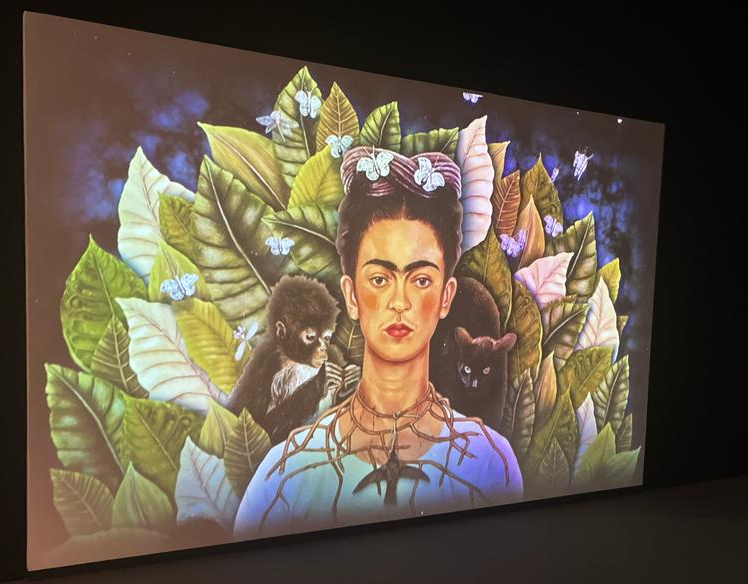In my previous impulse, I briefly described an example of VR usage in theater based on the description and review in a VR-blog, and now I would like to talk about VR and film as another development in the usage of VR. I experienced a bit of VR-film in an exhibition that I mentioned in a previous impulse, yet I didn’t know much about the basics of VR film. I found multiple blog posts that go into detail on specific film experiences, I would, however, like to write about the post that covers the basics of VR film. The author mentions a couple of VR-film categories:
1. Blockbuster extensions: these are being produced by more and more large film studios in order to create an extension to their blockbusters or series, providing the audience with new possibilities to get in touch with the world of the respective movies.
2. Passive VR-films: these currently make up the majority of VR-movies. They are individual VR-films that the viewer can experience passively. I think this is also the type of film I experienced while visiting the exhibition, as I was just sitting on a chair and watching the film sequence with VR-glasses in a 3D environment. One challenge of these movies is that they need to be cut properly so the viewer doesn’t get lost. In my experience, it was an artificial environment that kept continuing from beginning to end, so I didn’t really have that issue since there weren’t really any cuts.
3. Interactive VR-films: these are films that experiment with elements of interaction.
What stuck to me through all of these descriptions is the vision, and at the same time dilemma, filmmakers have when wanting to create VR-movie experiences. Ideally, some time in the future, we will be able to move around in movie worlds, feeling like we’re actually there as the audience and being fully immersed. On the downside, this freedom of movement in said worlds would make it more difficult to tell a linear story, seeing as we’re still in a movie and its plot. Especially focussing the viewers attention will prove to be very tricky, and can (in my current thoughts) mainly just be done with 3D audio cues, which lead the attention somewhere.
I am incredibly curious what the future will hold for VR movies and how much influence or even freedom the viewer will be able to have within a set story.
Further interest
https://vrgeschichten.de/vr-und-film
https://vr-sync.com/de/how-the-movie-industry-uses-virtual-reality/
https://sensoriumarc.com/articles/best-virtual-reality-movies
https://arvrjourney.com/virtual-reality-in-the-movie-industry-f60a9e094d74?gi=7e9fbb3f6c24


